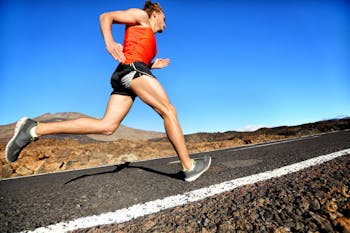
All runners should consider a running gait analysis. Runners who are experiencing any type of pain can benefit from the advice and anyone looking to make improvements and prevent future injuries will find it valuable, too.
Gait Analysis Overview
The evaluation includes a medical and training history, assessment of range of motion and strength and video analysis of your running form. We analyze this data and provide recommendations regarding running form modifications, types of footwear, exercises to prevent injury and training.
Here are a few examples of what we assess and how improper or unbalanced movement can limit your running potential potential.
Off the treadmill
Strength, flexibility and functional analysis
Identifies areas of muscle and soft tissue tightness, joint hypomobility or hypermobility, movement pattern dysfunctions and specific muscle strength deficit to help us hone in on body segments during run analysis.
On the treadmill
Stride length
Inappropriate stride is not only inefficient, but puts higher forces through your joints and unnecessary loads on muscles, tendons and fascia.
Foot strike
The dispersion of shock across your foot has an impact all the way up your body. All foot strike patterns have their own advantages and disadvantages. We can help suggest the best strike pattern that fits you.
Core stability
Excessive hip adduction and femoral internal rotation may contribute to knee, lower leg, ankle and foot injury and pain.
Foot & ankle mechanics. If your foot doesn't optimally supinate and pronate, it cannot distribute the force of impact on the ground as you run. As a result, certain muscles may overcompensate, leading to pain and injury.
Arms Too much movement or asymmetrical arm swing may lead to lower body misalignment and/or low back pain.